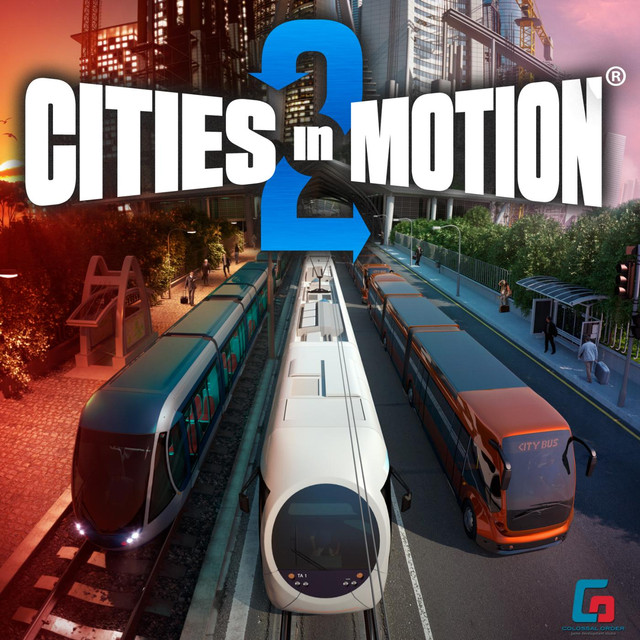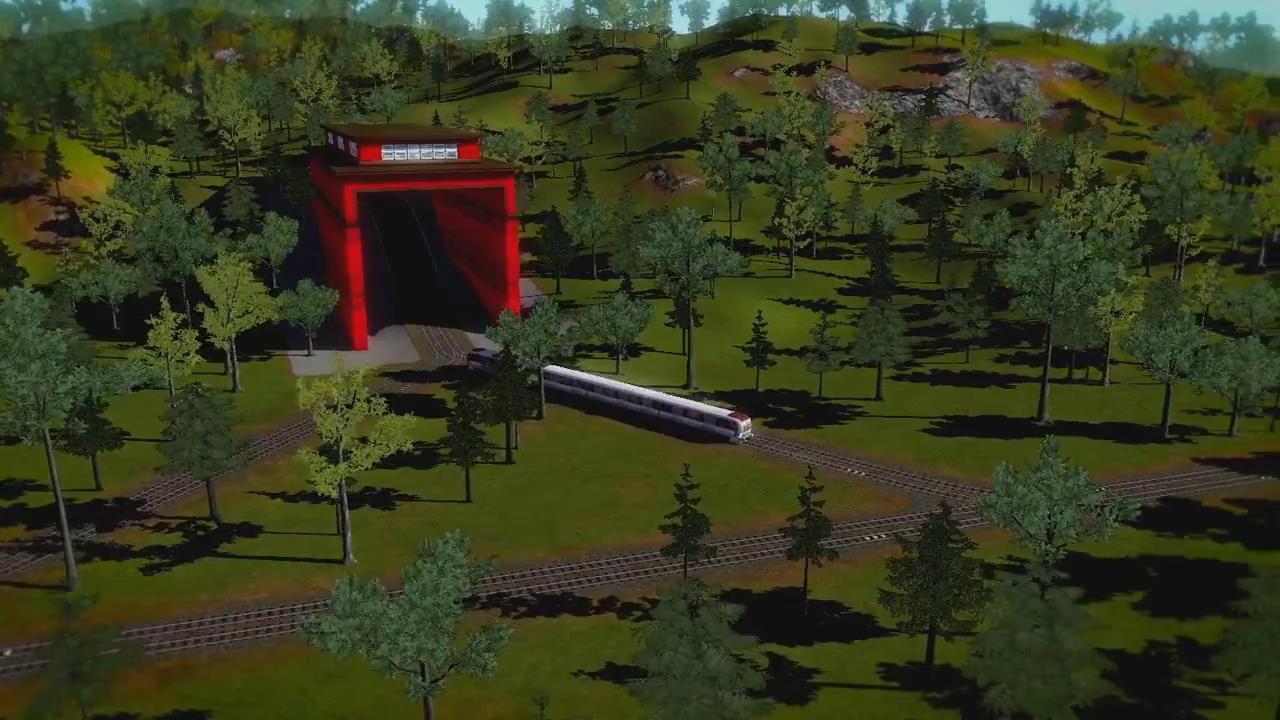

Players can also lay down their own roads, and there are much more options for road networks, including pedestrian walkways and expressways. However, players cannot lay down individual buildings themselves in a normal game, outside of Landmarks (which come as a DLC). The city will also develop naturally along existing roads, changing constantly throughout the game. Instead, players can dictate the growth of the city, by laying down roads and providing adequate transportation capacity to the area. City Growth and RoadsĬities do not grow in set patterns like the first game. To this end, players are given the ability to adjust the timetables for their routes, setting departure times from the route's first stop. Players now have to take into consideration the movements of the residents throughout the week, and provide transportation to both their workplaces and their leisure places. Gameplay Day/Night Cycle A TimetableĬities in Motion 2 introduces a day/night cycle, with a full 7-day week and peak periods in the morning and evening. The game contains both cooperative and competitive multiplayer modes, where players take control of different companies competing in the same city. Cities in Motion 2 discards the historical aspect of the first game, instead focusing on the modern day, and features fictional cities instead of real ones.

It is the sequel to 2011's Cities in Motion and was released for the PC and Mac on April 2, 2013. Cities in Motion 2 is a transport management simulation game developed by Colossal Order and published by Paradox Interactive.


 0 kommentar(er)
0 kommentar(er)
